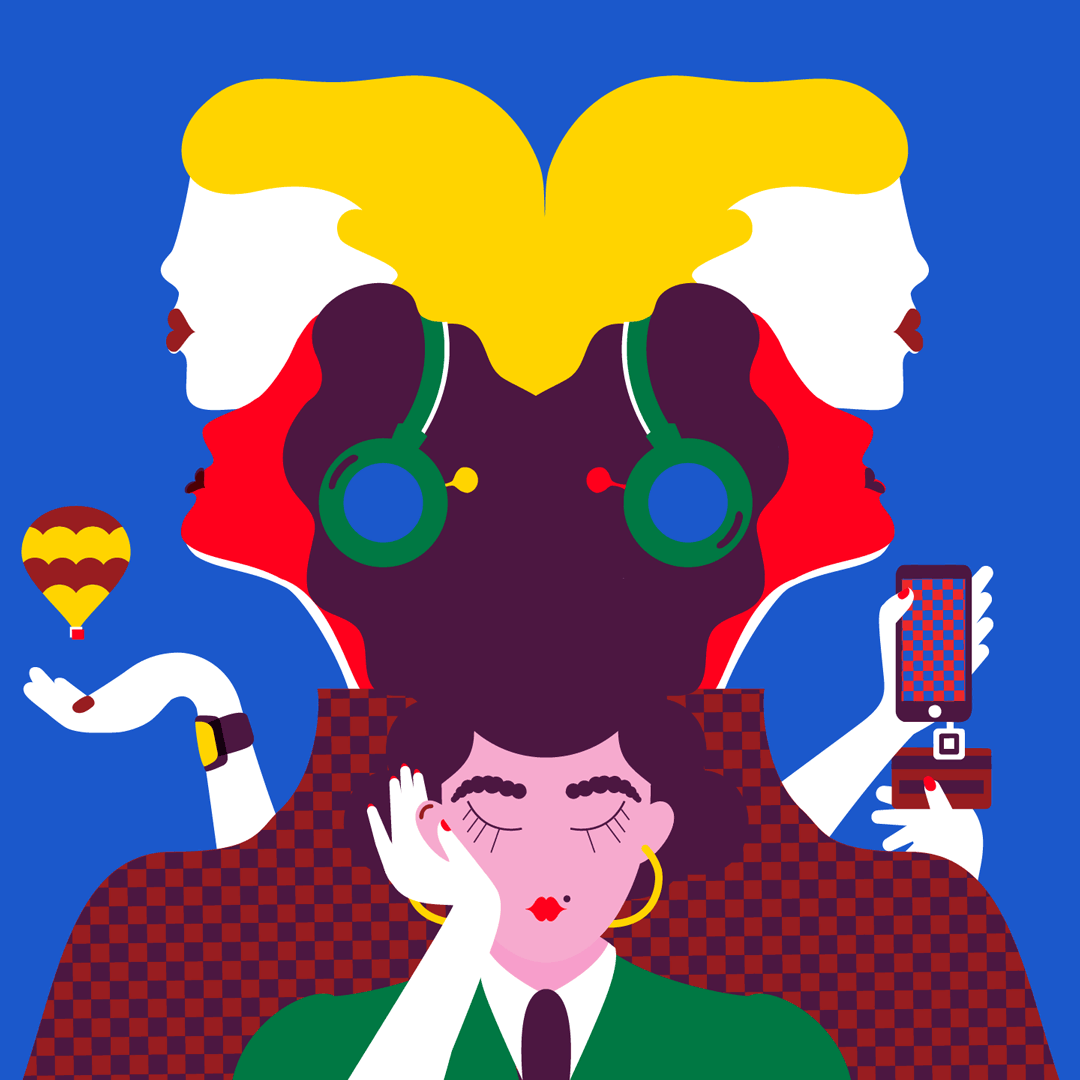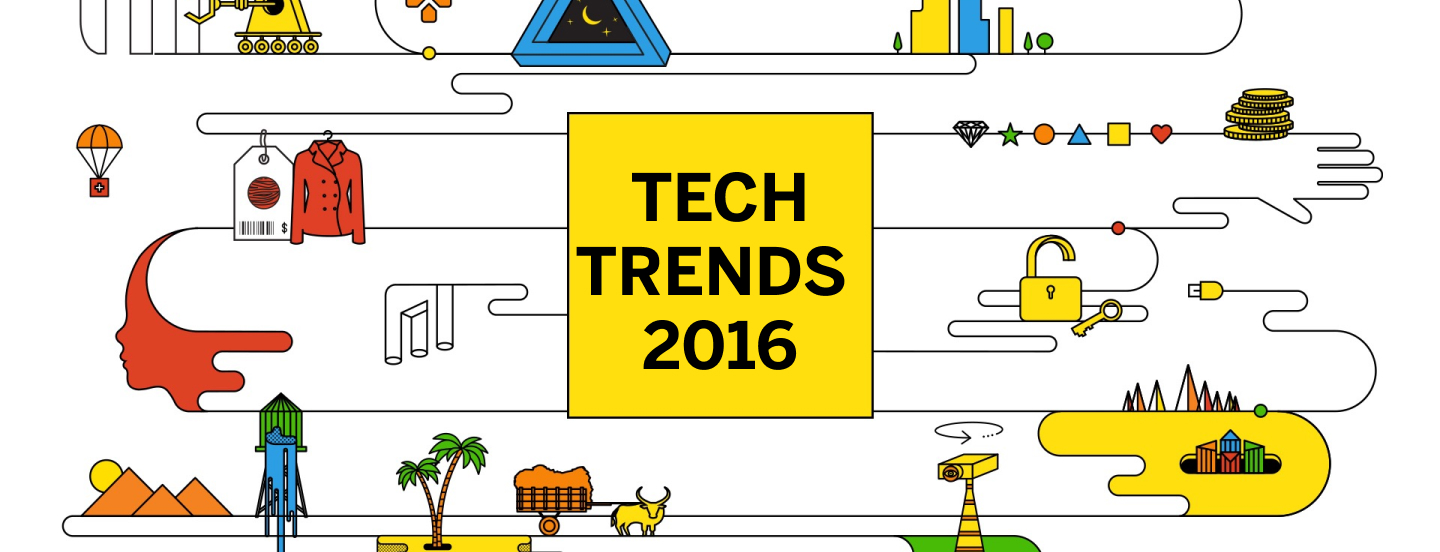
Tech Trends 2016
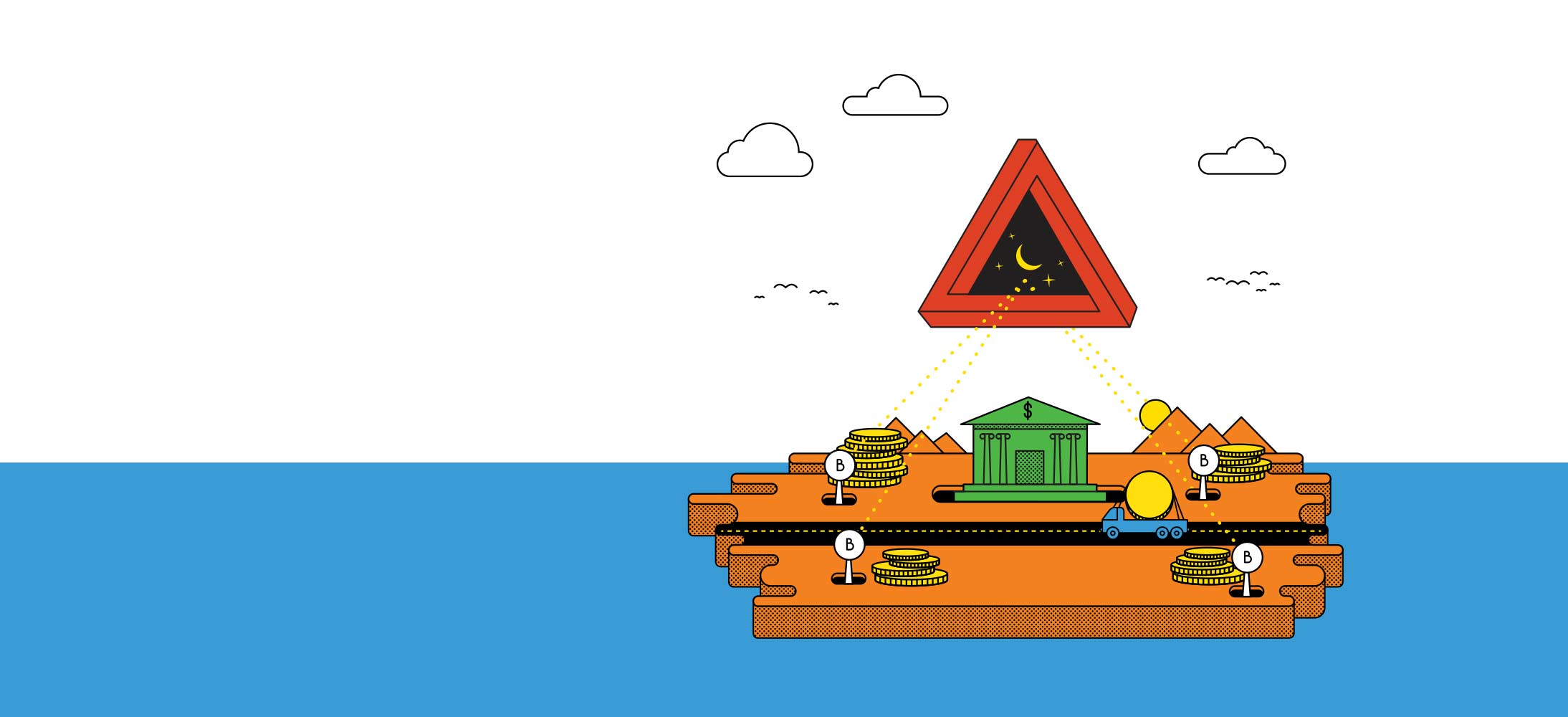
Blockchain Beyond Bitcoin
Blockchain will mature beyond the enabling technology behind Bitcoin. Recent investments in the crypto-tech space will begin to bear fruit as initial application development platforms and use cases prove themselves in the market. No one will be safe from disruption as blockchain applications push beyond just payments into healthcare, crowd funding, financial services, and even music.
Like the Internet in the early 1990s, blockchain is a promising — yet early (read: high disruptive potential) — technology, which means now is the time to experiment, invest, and learn. Companies should explore use cases by creating blockchain-enabled prototypes to understand the potential impact on their existing business. The first web browsing experience does not hold a candle to a modern browser, but for some companies being there first made all the difference. Just look at Amazon.
By Carlos Elena-Lenz
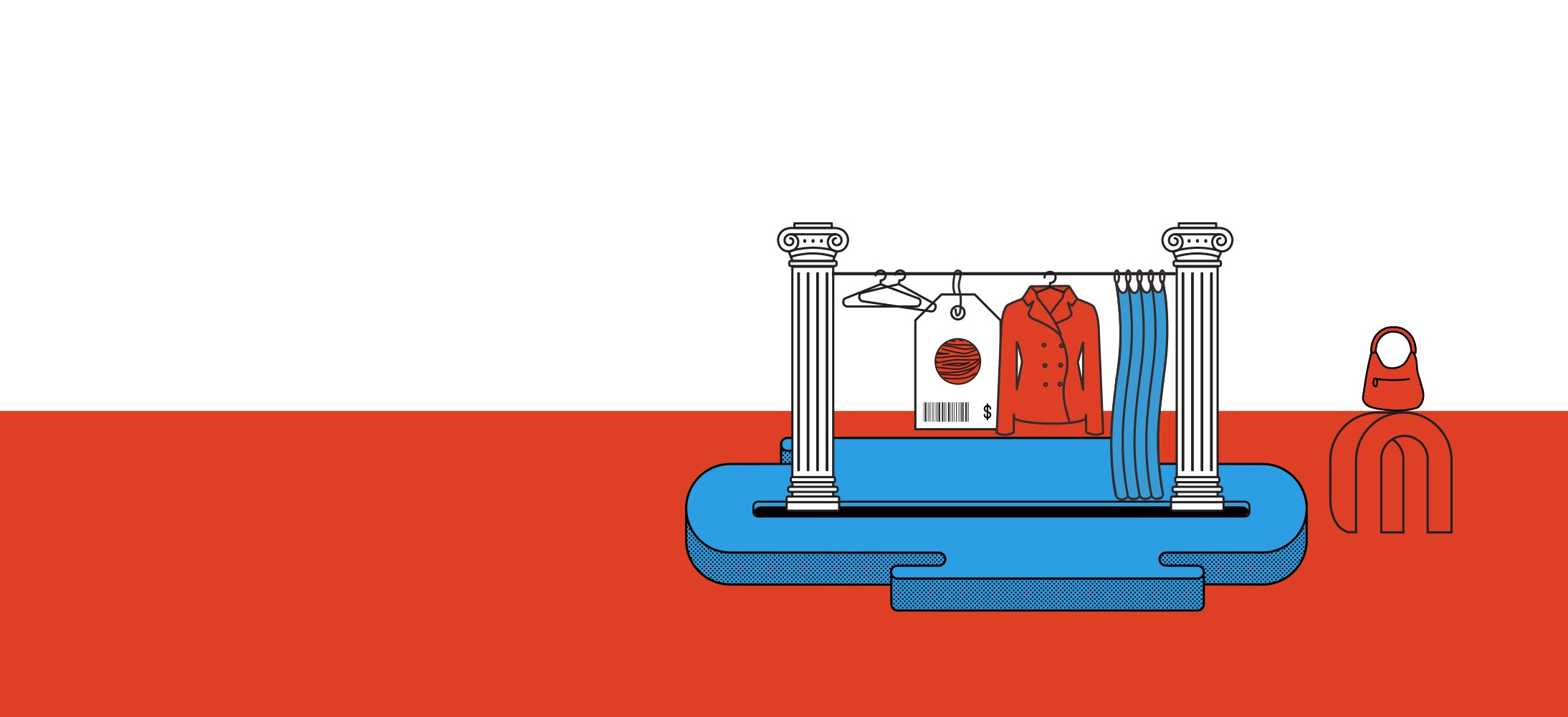
Data-Driven Design Takes Center Stage
“If the theme of the 2000’s was “mass data capture”, 2016 and beyond will be “data driven design.” Today, publicly traded companies radically redirect their vision based on inferences made from user data, and startups define their products, strategies and business plans based on publicly available datasets.
One of the industries most affected by the data revolution has been retail. Before this era, retailers had a unidirectional relationship with their customers. They identified new items that “would sell” and presented them to their customer through a crafted experience. Before data, this was almost entirely subjective. Data collation now enables a bidirectional relationship between retailers and their customers, yielding empirical metrics to corroborate subjective vision. We see obvious examples of this with Amazon, which uses a supervised machine learning algorithm (SMLA) platform to make recommendations. But it’s also in places you wouldn’t expect, like a Nordstrom department store, which uses customer smartphones to track behavior and shopping habits.
Ignoring data can have dramatic results. Data science, data design, and data strategy each serve as a necessary tool for product creation. They enable a dynamic relationship between designers and users, and a personalized, adaptive experience. Data driven design will fundamentally change the retail experience and the design of the products, catapulting companies to rich insights and sustainable growth.”
By Charlie Burgoyne
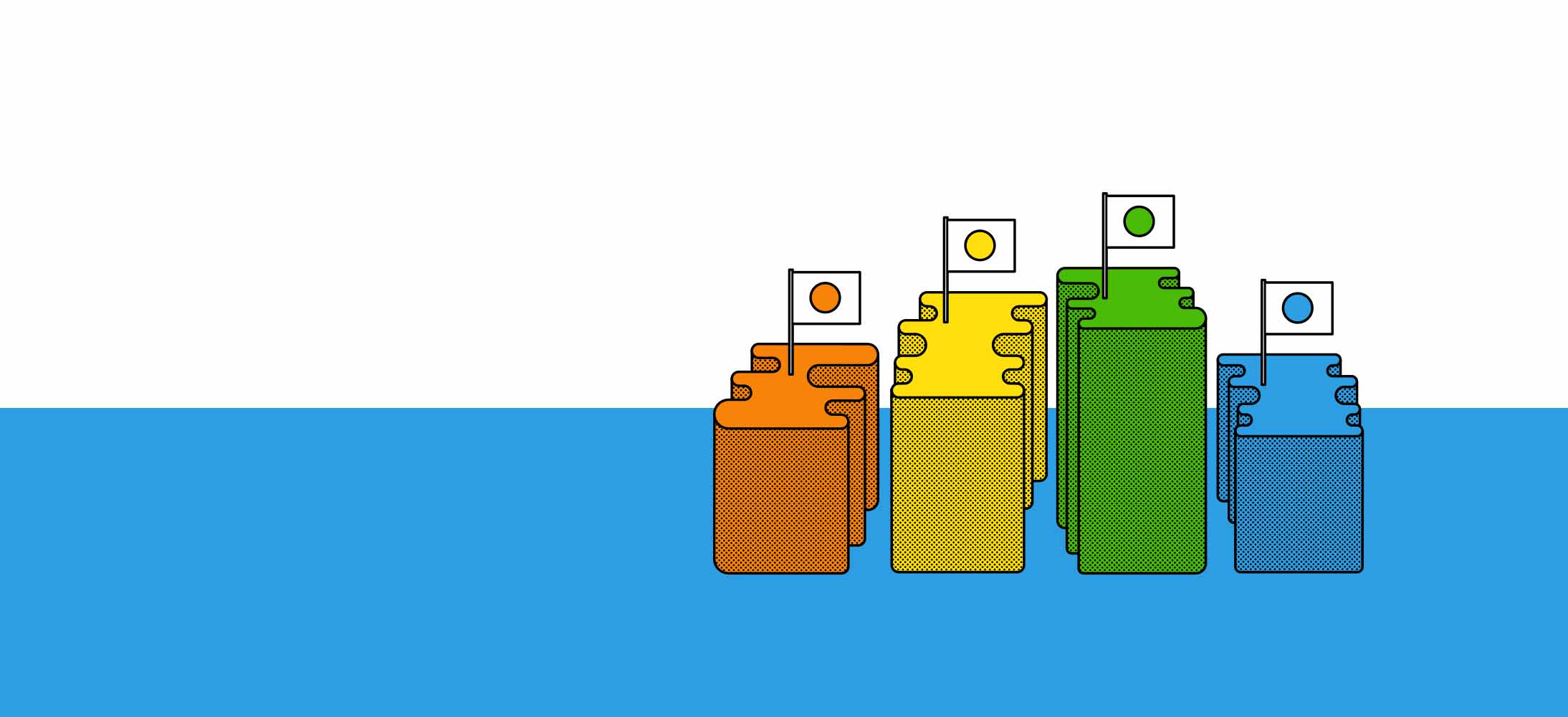
Microbiome Makes Health Personal
Recent years have seen significant advancements in personal genomics. But genetics aren’t the only (or perhaps even the most important) collection of deeply individualized insights into our wellbeing. The human microbiome is the next vast, and game changing, personalized health and wellness frontier.
The truth is, we are all more bacterial than cellular, with trillions of microorganisms on our bodies outnumbering our human cells 10-to-1. These bacterial microbiomes interact with our human cells – all the time and in a multitude of ways – and impact our health, for better or worse. Unlike our genetics, we can actually affect our personal microbiome on a daily basis to better manage a range of health issues including obesity, allergies, nutrition, diabetes, cancer, cardiovascular disease, and even mental wellbeing.
Research has only begun to unearth the potential in understanding the human microbiome, but the outlook is amazing. Innovative startups and research labs are developing solutions that use bacterial samples from your gut to profile your body’s reaction to the foods you eat. In the not too distant future, expect to see a world where our “gut type” can be catalogued similar to our blood type. Armed with such personalized and actionable information, consumers will demand better products and services from the food and drink industry, presaging significant advances in human health and nutrition.
By Anthony Gregorio, Lindsey Mosby, Brian Pridgen
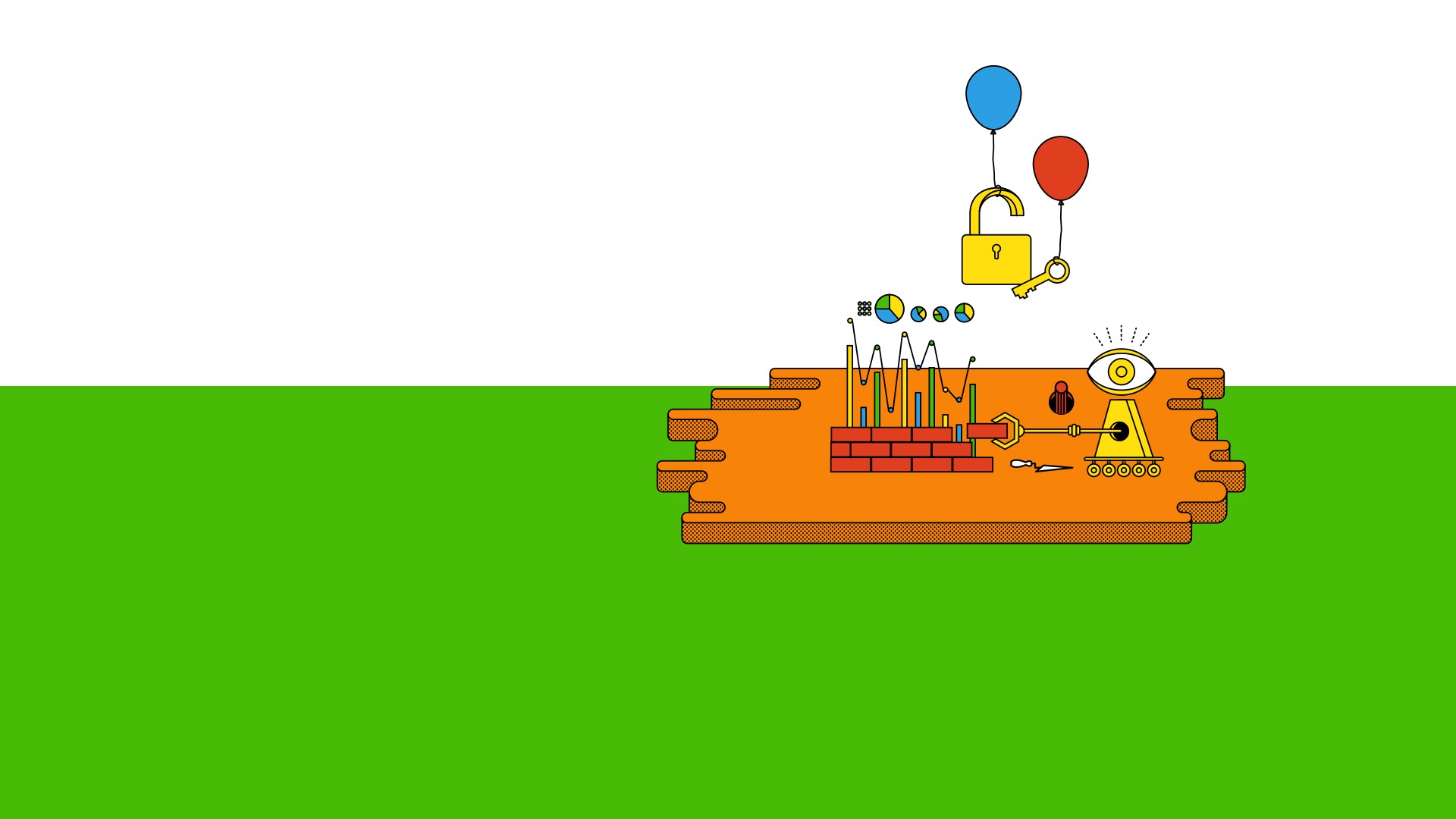
AI Saves Financial Services
Analysts at investment banks, hedge funds, and insurance companies will work in tandem with artificial intelligence to make compliance, anti-fraud and research data intelligible and actionable. Banks today are beginning to use technologies like Palantir to protect internal IP, IBM’s Watson to reduce loan delinquencies, and startups like Sensai to prevent fraud by looking for patterns in large troves of data. This technology has the power to prevent the next financial crisis, improve adherence to new banking regulations, and even stop the next Bernie Madoff catastrophe before it ever happens.
By Adam Pruden
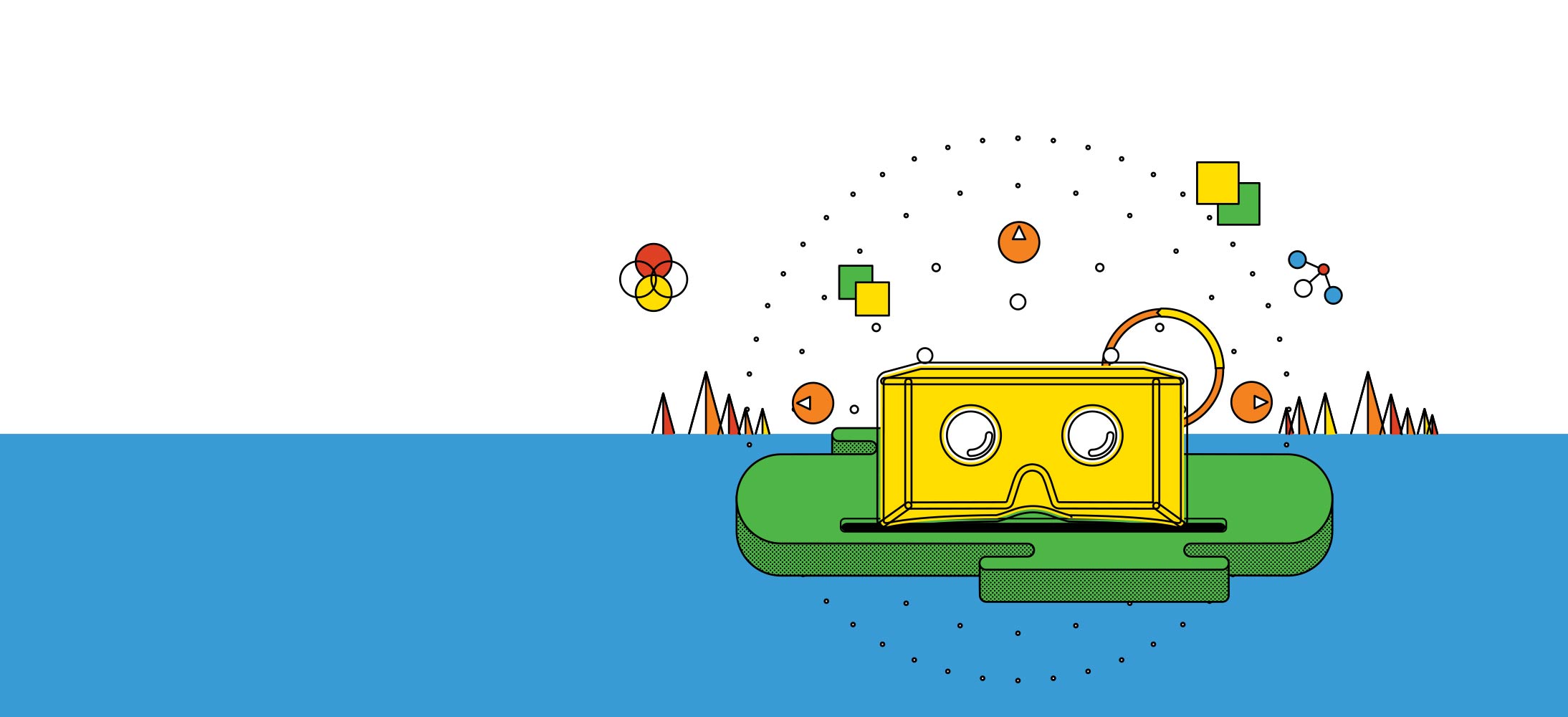
VR Medical Therapy
Virtual Reality is ubiquitous in the worlds of gaming and entertainment, but the opportunity for VR to transform medical therapies is endless. In the near future, VR will become a common treatment option for PTSD, exposure therapy, chronic pain, and other conditions.
At the University of Washington, burn patients undergoing medical procedures can wear headsets to play uniquely designed VR games. The games provide an immersive environment that soothes and distract patients from their excruciating pain, drastically reducing their need for highly addictive narcotic medications.
VR therapy is so successful in transforming a patient’s mental and emotional state that it could have wide range of applications in healthcare: from pain management, to pediatric care, and treating psychological conditions like PTSD and anxiety disorders. VR companies have a huge opportunity to design both hardware and therapeutic games for many different medical treatments.
By Constance Smith & Brian Pridgen
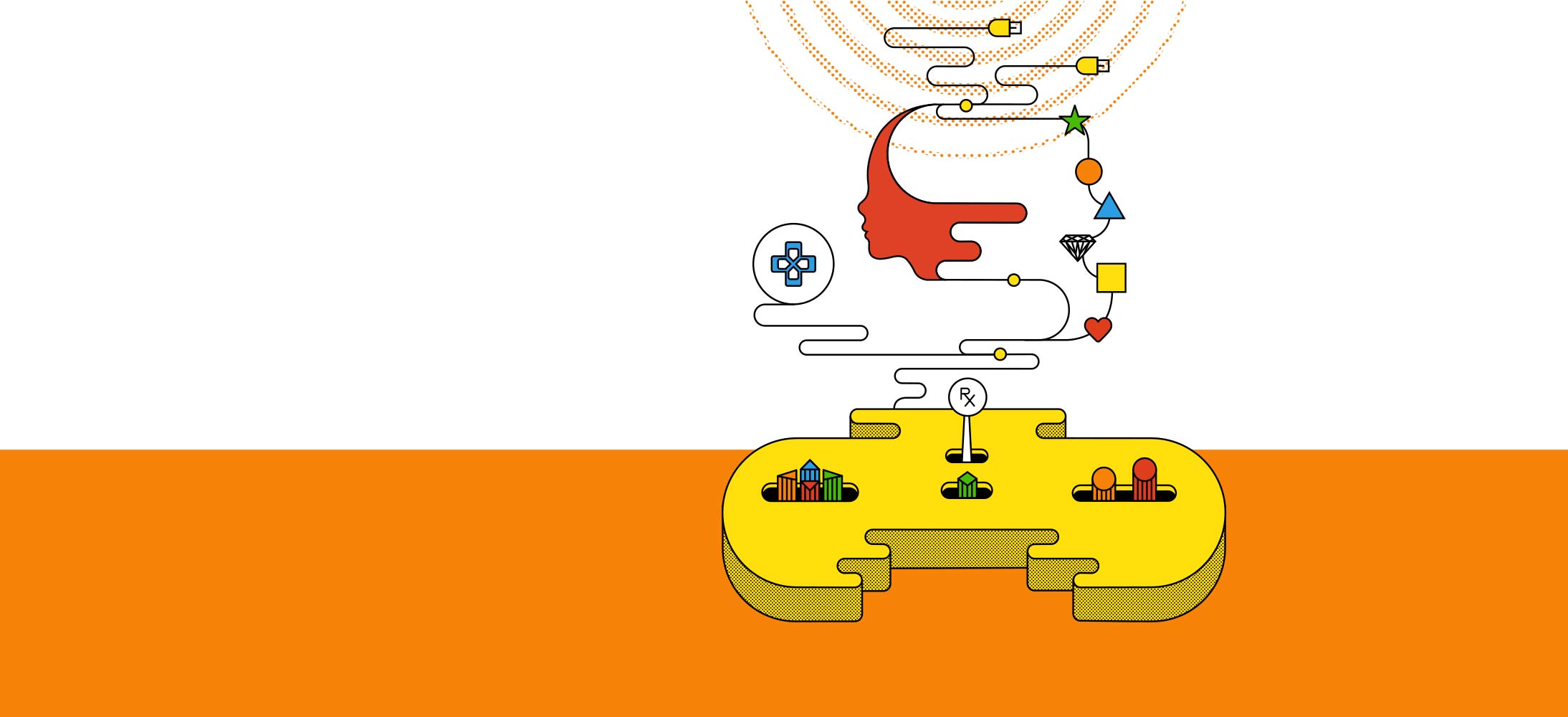
FDA-Approved Video Games
For the first time, doctors will be able to prescribe FDA-approved video games to help treat ADHD. Akili, a Northern California startup is developing a game known as Project Evo. They’ve completed eight clinical trials, all in cognitive disorders: ADHD, autism, depression. In addition to Akili, Posit Science is preparing to conduct controlled clinical trials in order to have their therapeutic games approved by the FDA. Their own initial trials showed results similar to Akili’s.
And this hasn’t gone under the radar of large pharmaceutical companies. Pfizer partnered with the Project Evo team to see if the game could help improve the diagnosis of Alzheimer’s disease. While it’s true that it can take up to four years to get through FDA trials, we’re witnessing a shift in the way parents want to treat their children – the trend being that they would like to find alternatives to drugs to treat their children’s ADHD.
By David Zemanek
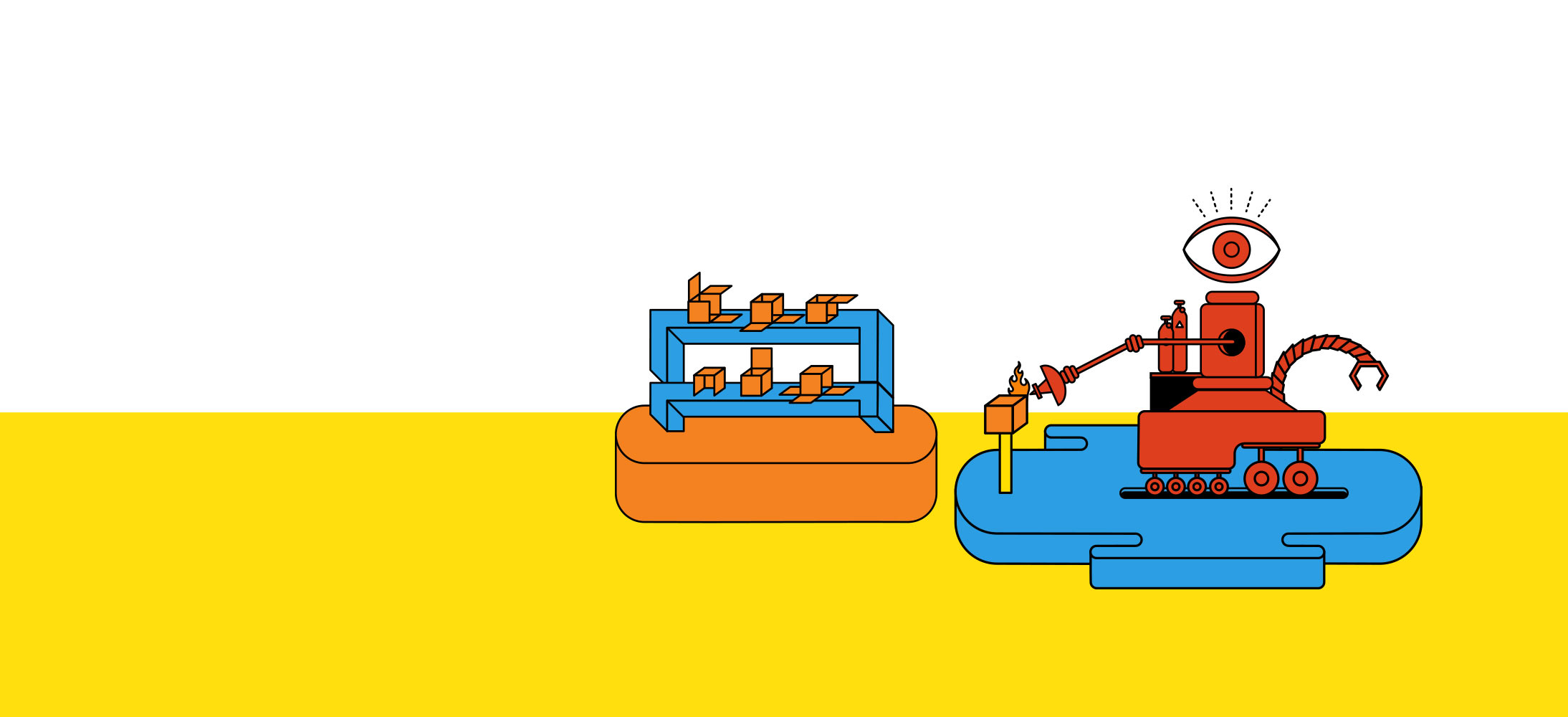
Human-Centered Design is Automated
The days of design automation serving up repeatable and predictable solutions are over. Instead, design automation will assist teams and organizations in creating novel, self-optimizing products and services.
In the Enterprise world this new kind of automation will dramatically improve the way software is built. Automation driven by human-centered design rules will not make compromises on the quality of the software for the user. We’ll see a shift from manually deployed development cycles for incremental improvement and fragmented A/B testing, toward a state of continuous flux, where software is optimizing itself to individual and evolving user needs in real-time. Such a revolution in software design is expected to deliver “smart user experiences,” enabling intelligent, adaptive — and finally — humane workflows.
By Roberto Veronese & Andreas Markdalen
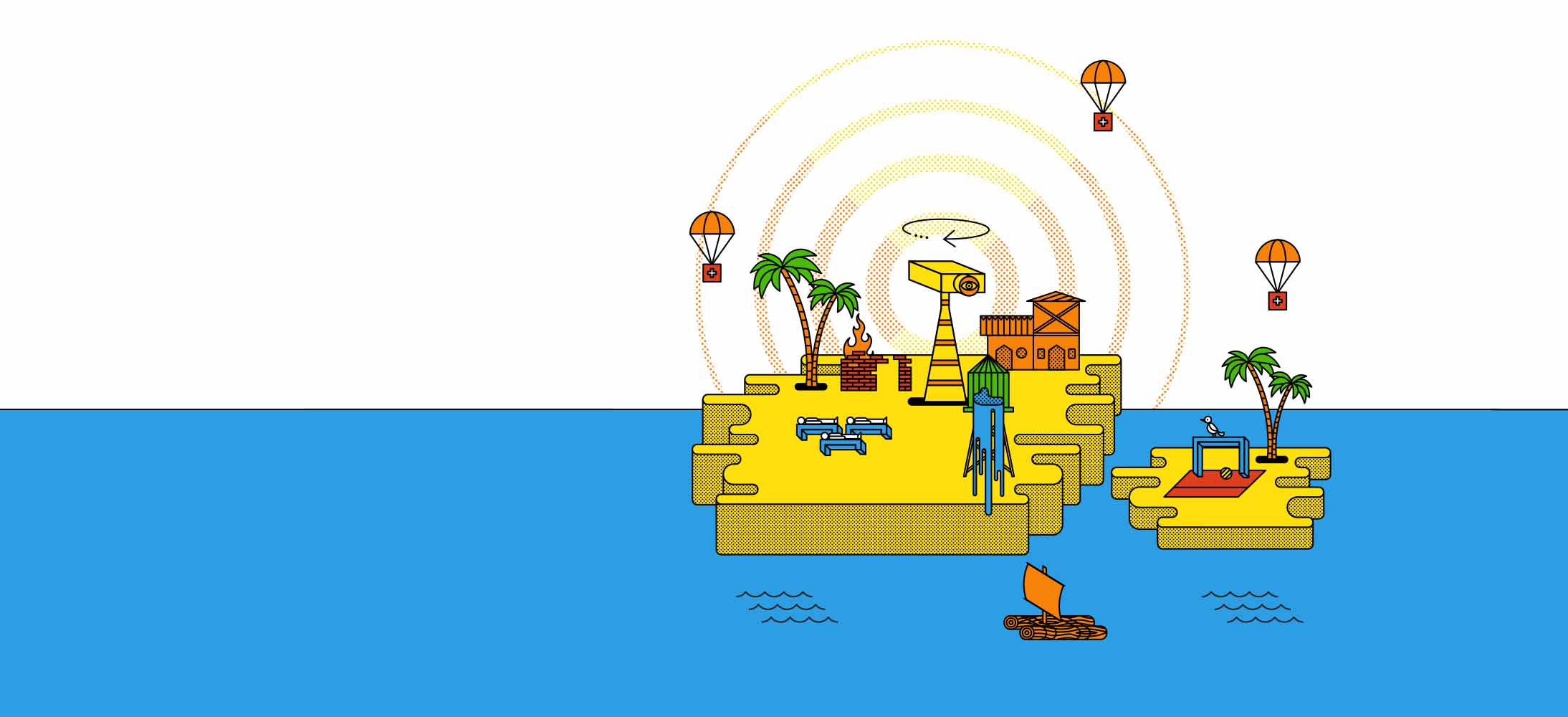
VR Breaks Down Borders
With the increased consumer availability of VR/AR headsets — from Oculus Rift to the Hololens — our personal 3D gateways into an alternate shared experience will start to emerge. Online webcams are eclipsed by connected VR cams, which allow viewers to virtually transport themselves to points in space around the world and interact with the people there. The interactions are simple at first, but users discover that the feeling of presence engenders a sense of empathy that they never felt watching video on a 2D screen. Aid to refugee camps with installed VR cams increases by orders of magnitude. War zone reporting sees a sharp increase in engagement resulting in increased demand for shifts in political policy, while the ethical implications of providing users ‘first hand’ experience into dangerous situations are debated. As with the introduction of the Internet, VR provides an evolution in the connection of otherwise isolated people and groups. Rather than getting lost in virtual fantasy, we find ourselves more deeply connected to reality.
Companies creating cheap durable VR viewers and cameras have an opportunity to partner with media companies — as well as government, humanitarian, and other organizations — to create stories that enable people to connect on a personal level. Rather than providing a static frame of reference, VR will open up new models for people to guide the conversation and engage with their interests and each other in ways that are more meaningful to them.
By Jud Holliday
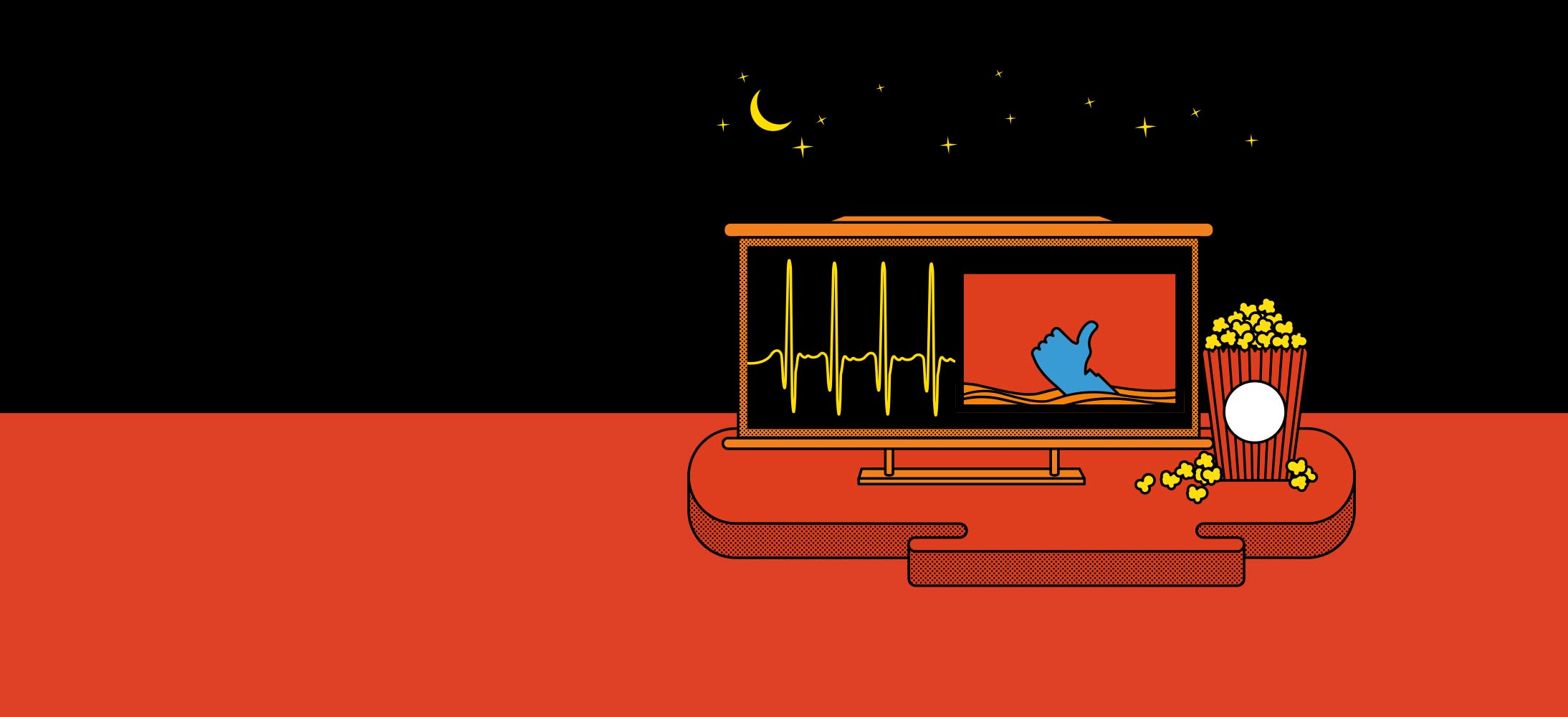
Film Reviews, Written By Your Heartbeat
Wearable data such as activity levels and sleep patterns will be crowd sourced to automatically and objectively rate the products and services we use. Imagine exercise class ratings based on activity data of participants, or mattress ratings based on sleep data from users. Soon we will be able to have tangible proof of how good the food is at a restaurant, how scary a movie is, how thrilling a rollercoaster is, how stressful a commute is, all based on the biometric responses of the people who experienced them.
To make this happen, wearable companies must open their data troves for third-party data mining. One wearable will never rule them all. Instead, thousands of different wearables will sense and track different things, each generating their own proprietary barges of data. Being able to easily aggregate this information from the myriad sensors and trackers into one place will be the biggest hurdle…and opportunity.
By Kyle Wolf

AI In Special Education
In the future, we’ll see a rise in robotic toys that serve counselors and playmates to children with various learning disabilities like Autism. Studies have shown that AI toys are extremely effective in getting withdrawn ASD kids in engaging in personal, playful interactions. Special Education departments will soon have whole classrooms of intelligent toys to play with.
AI is well positioned to disrupt the field of autism treatment, especially because AI beings have “non-human” qualities that are actually beneficial in the context of treating autism: limitless patience, an infinite wealth of information to answer questions, and the inability to show unkind judgment or become annoyed. There is huge potential for future development of AI toys that teach autistic children to develop self-awareness and help them better understand their own conditions.
By Constance Smith
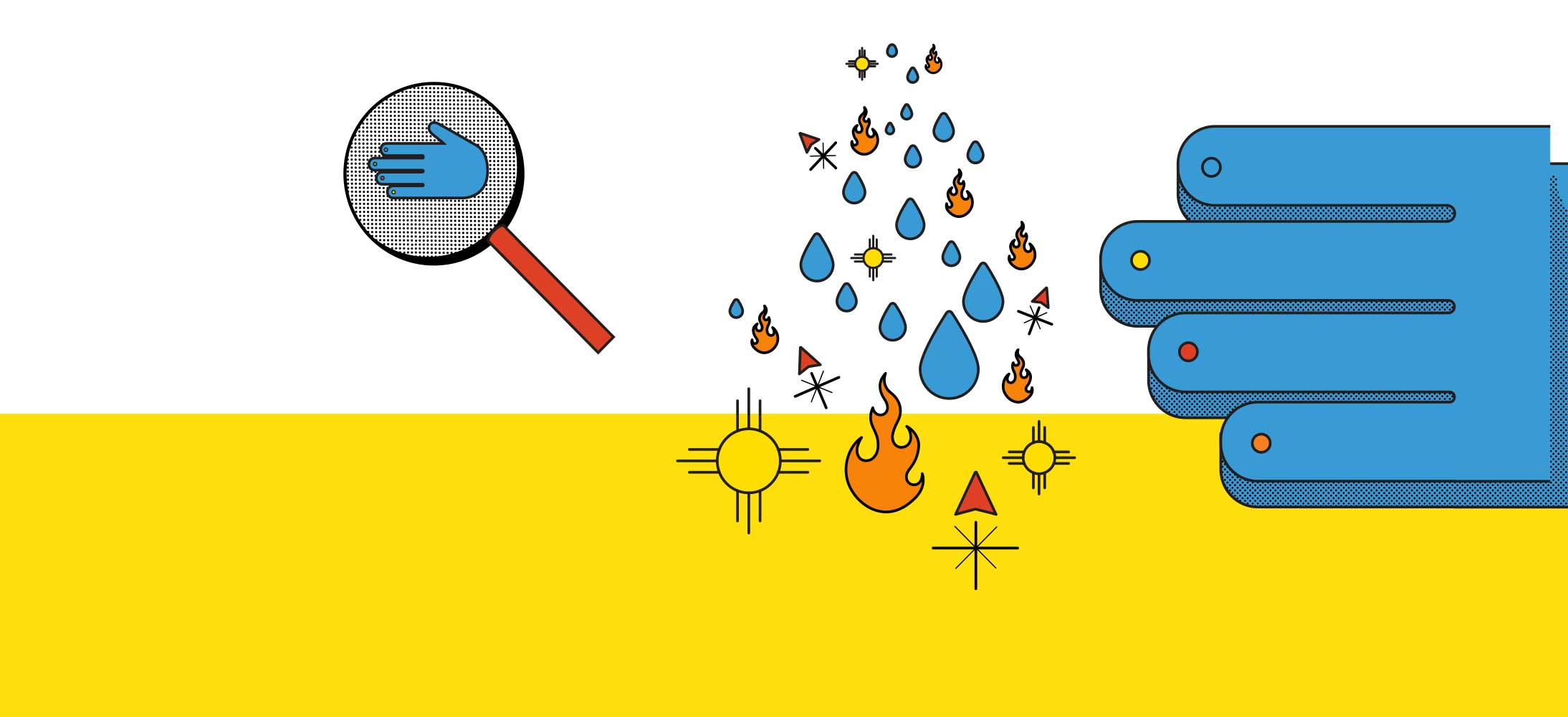
Sensors Start to Combine & Disappear
As sensing technology continues to shrink, the notion of the single purpose, visible, discrete, battery or mains- powered sensor will be rare. This revolution is being led by companies like Well Being Digital—producers of tiny biosensors that fit on and around the human body, and Clime—producers of environmental sensors that combine a tiny form factor with the ability to fuse together basic measurements such as temperature, humidity, light and movement to drive subtle applications.
We’re going to begin to see this transition first in two different places; one is for medical uses, where being small, cheap, and disposable is a major benefit. The second is for ad hoc consumer or pro-sumer uses where rapidly distributing inexpensive sensors to quickly gather data makes it possible for new, casual use cases that would have been cost prohibitive before. The days of $60, AAA battery-operated ZigBee temperature sensors (the size of a deck of cards) are numbered. For a fraction of that price, users can have half a dozen sensors packed into something the size of a thumbnail. This means today’s sensor makers will have to adapt — or be irrelevant.
By Patrick Kalaher
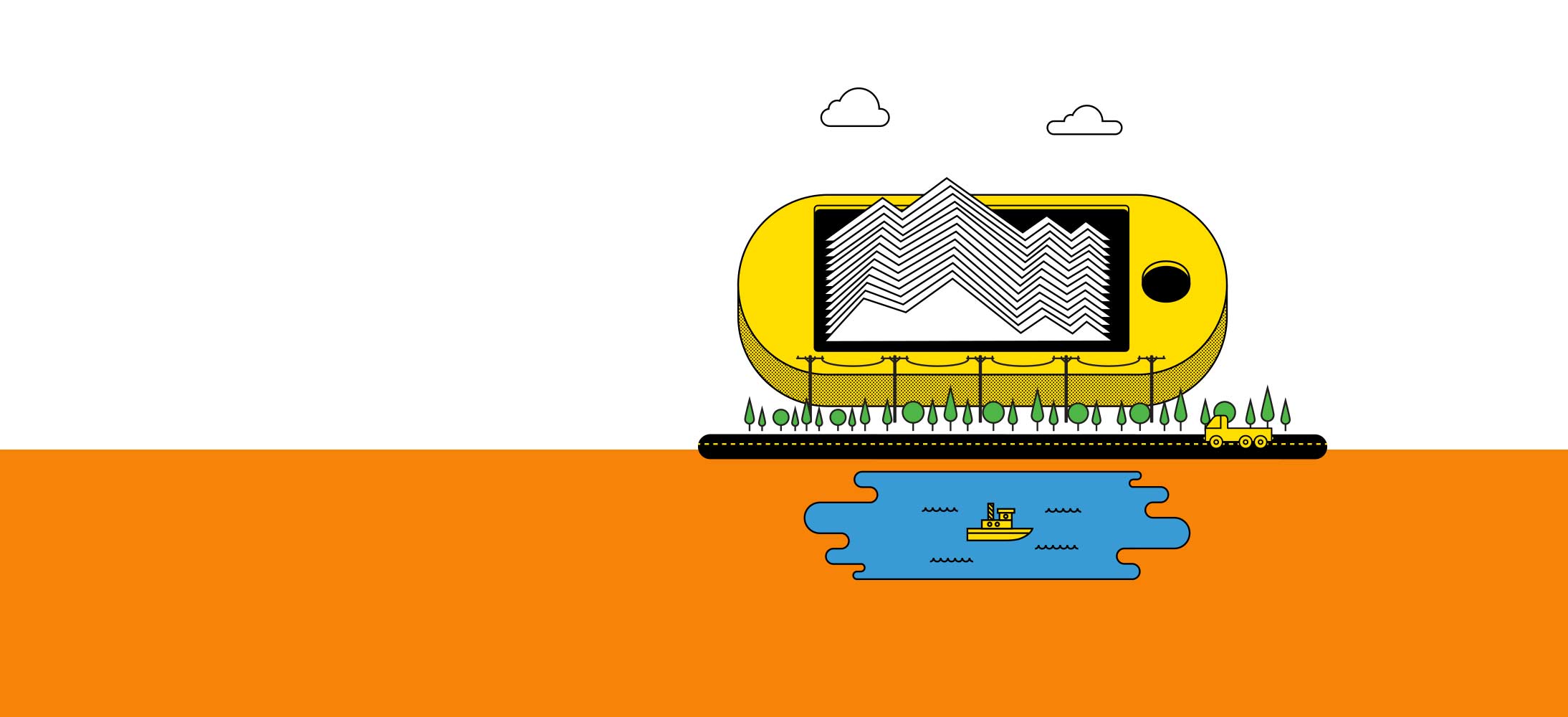
Haptic Feedback Gets Real
This year, haptic feedback changed the way we interact with smartphone screens, watches, and laptop mouse pads – helping bring the sensation of texture, vibration, and motion to those interactions.
2016 could see haptics incorporated into a much wider range of surfaces. Haptic feedback could let shoppers “feel” the texture of clothing online, help older people regain balance with haptic insoles, or help drivers use displays without taking their eyes off the road. Haptics are poised to impact a wide range of industries, from automotive and retail to healthcare and education.
By Rebecca Blum
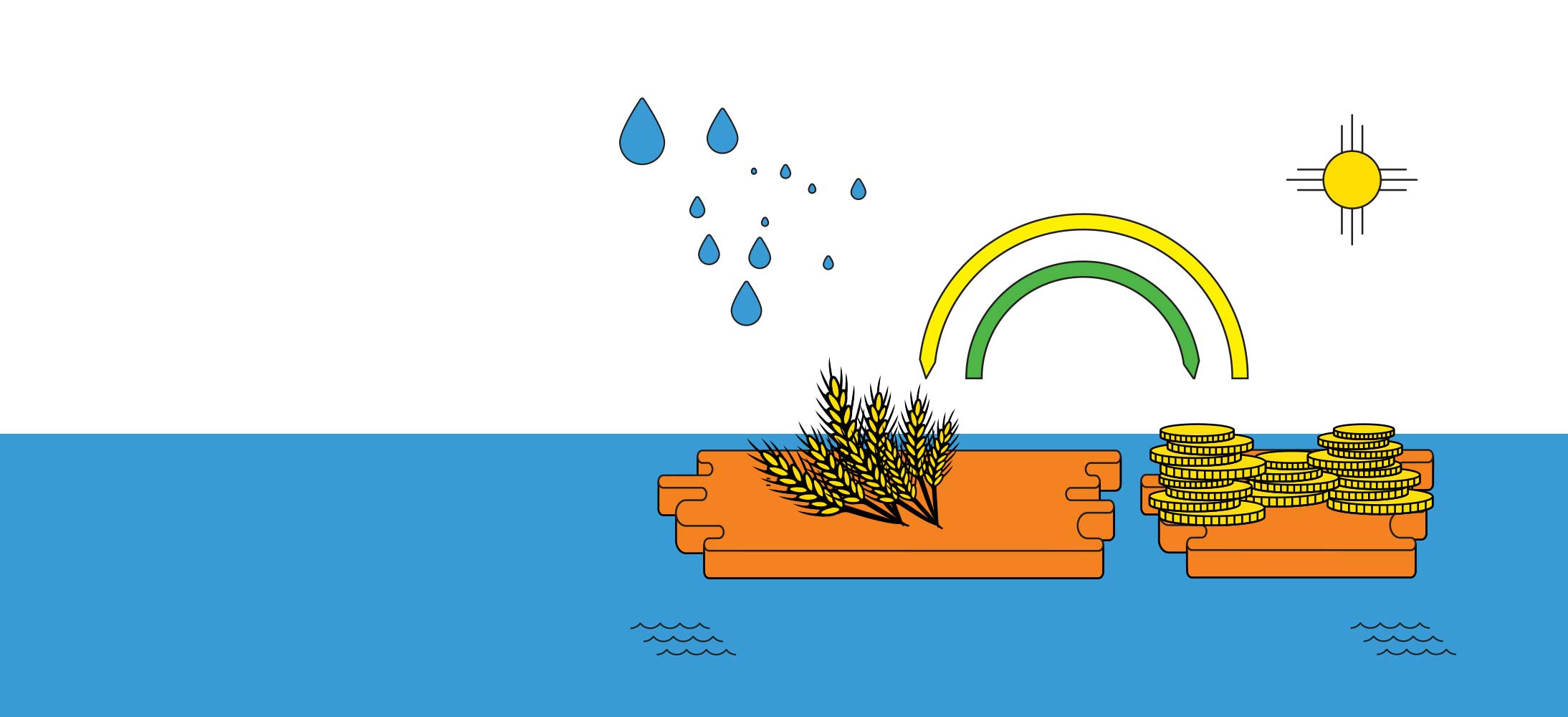
Alternative Credit Scoring
How do you determine a person’s credit score in a situation where money is “stored” with a mobile phone number instead of a regular bank account? Currently, microfinance operators define innovation strategies for informal credit scoring by identifying, collecting, and analyzing non-traditional sets of data that help create an understanding of a potential borrower’s credit worthiness. For example, in Africa, companies like Safaricom (M-Shawari) and Musoni leverage customers’ Telco data and mobile money usage history to develop a credit score. US-based startups such as InVenture and Happy Mango have been exploring alternative datasets such as mobile phone usage behavior (including communication patterns) as indicators of responsibility and credit worthiness.
In 2016, we will see alternative credit scoring impacting the formal financial system and enabling communities such as millennials, immigrants, and the “unbanked” to gain access to better financing services and pursue life-changing opportunities.
By Roberta Tassi & Venetia Tay
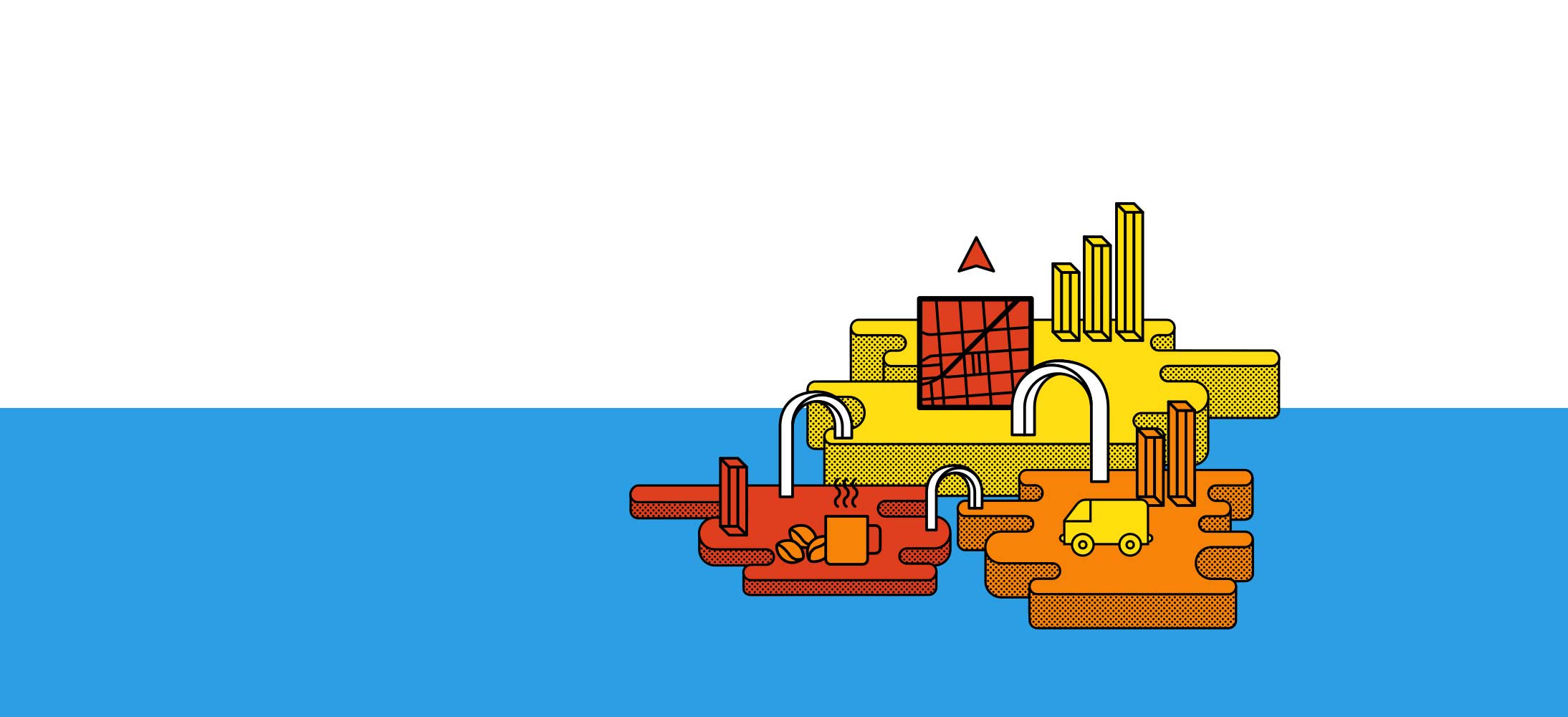
The Open Enterprise
We live in a world where, in a period of a few hours, a developer can modify a Google Calendar to allow a colleague to add a Starbuck’s coffee order to a meeting invite that can be picked up by Uber and delivered to a client’s office five minutes before a scheduled meeting starts.
The examples we see in the market today are relatively simple. Directions on Google now offer an Uber as an alternative to walking, driving, and public transport. Starbucks is publishing an open API to enable ordering coffee within any other application. OpenTable reservations are accessible through Yelp.
Companies that pursue the Open Enterprise either drive disintermediation or must open up to it. IKEA has just launched a new shopping experience that addresses the entire customer journey from initially planning a remodel project online to making final selections and purchases in store. Opening up the model to allow apps such as Houzz or Pinterest to “tag” remodel pictures as “IKEA” designs with a product list attached could open up an entirely new marketing engine.
As companies seek to transform around the principles of human centered design, they need to plan for the reality that most human work extends beyond the boundaries of their business model. The possibilities and consumer expectations will only grow more sophisticated and more complex. While there is a very real threat of market share loss to companies who miss how to design and build for this trend, the market opportunities for those who embrace it will be profound.
By Joe Murray
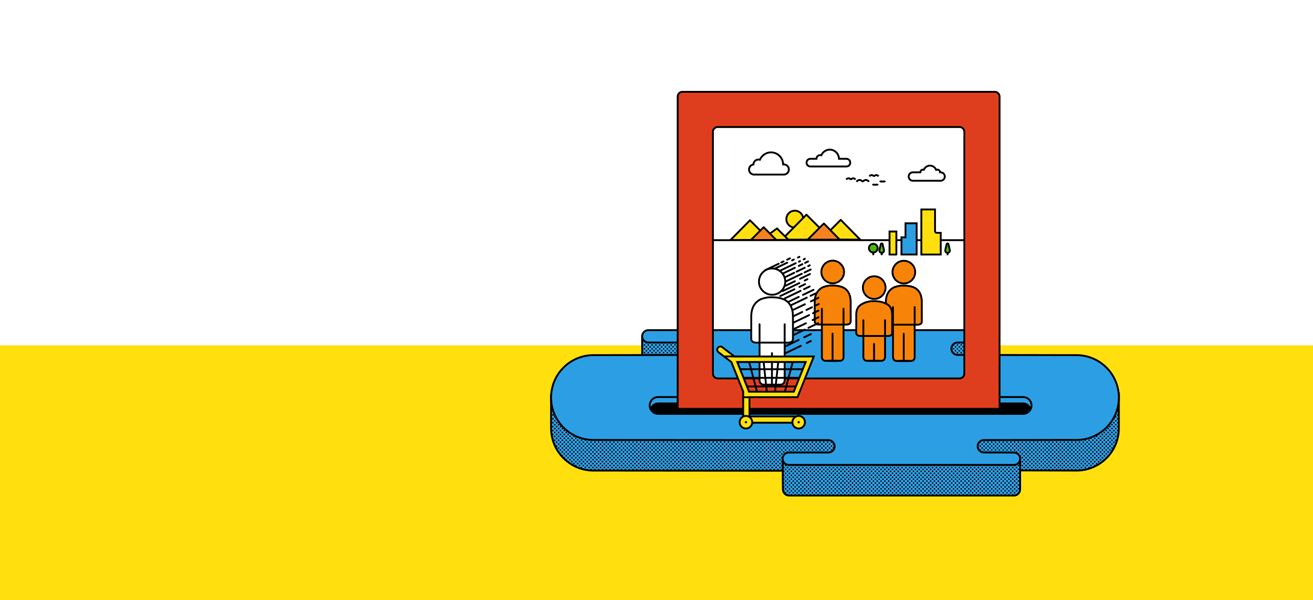
Friendship as a Service
The generation that is most connected is the one that yearns for the most human connection. In China you can rent a boyfriend to bring home during Chinese New Year from Taobao (the largest ecommerce service). Now that chat platforms like WeChat have well established, integrated transactional capabilities, purchasing connections based on career development, star power, or sexual preference will be a lucrative service. So, how much would you pay for that influential professional contact that could get you through the proverbial door?
Everybody is looking for the next untapped value source – Uber did it with privately owned cars and Airbnb with privately owned property. Keep your eyes on companies like WeChat to maneuver into the most personal and private thing yet: human connection and friendship as a service.
By Siddharta Lizcano

frog, part of Capgemini Invent is a global design and innovation firm. We transform businesses at scale by creating systems of brand, product and service that deliver a distinctly better experience. We strive to touch hearts and move markets. Our passion is to transform ideas into realities. We partner with clients to anticipate the future, evolve organizations and advance the human experience.
We respect your privacy
We use Cookies to improve your experience on our website. They help us to improve site performance, present you relevant advertising and enable you to share content in social media. You may accept all Cookies, or choose to manage them individually. You can change your settings at any time by clicking Cookie Settings available in the footer of every page. For more information related to the Cookies, please visit our Cookie Policy.


